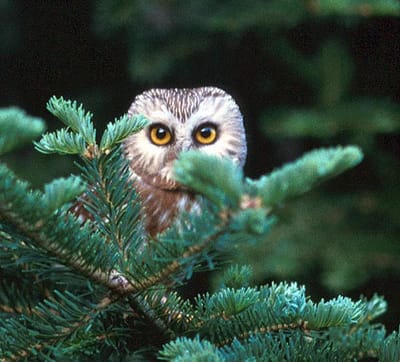Biotic Factors
The TAIGA or BOREAL FOREST Biome
BIOTIC FACTORS
Flora
The taiga is characterized by coniferous forests consisting mostly of pines, spruces and larches. The main species varies, for example the North American taiga is dominated by spruces, the East Siberian taiga by larches. These evergreen trees shade the understory, so shrubs struggle to survive, and mosses and lichens dominate there. Tree size generally decreases with higher latitude.
Conifers are adapted to the taiga in many ways. Their conical shape allows them to shed snow. Slow nutrient release in soil due to low temperatures limits their nutrient supply, making it hard to replace leaves, so they are evergreen. Furthermore, their needles contain resins and other compounds to ward off herbivores, and are waxed to prevent excessive moisture loss.
Some conifers have shallow roots to avoid permafrost. To make the most of the few nutrients in the soil some also have mycorrhiza in their roots, as well as nitrogen fixing bacteria.
Fauna
Taiga foodchains are dominated by carnivorous mammals, often large felids and canids. Rodents are abundant but not very diverse. Some migratory passerine bird groups are very diverse.
Bergmann's rule, which states that populations of a species will have larger body masses in higher latitudes, applies in some but not all cases. Endothermic vertebrates may have a low surface to volume ratio to limit body heat loss, for example the may have short snouts, ears, legs or tails.
A thick layer of fur or feathers can also serve this purpose, and can be thicker during the cold winter than the mild summer. Some ground mammals turn white in winter to become less visible in the snow, either to better evade predators or better catch prey. Some deer can stand on their hind legs to reach the low branches of trees, causing a 'browse line' which affects plant communities.

